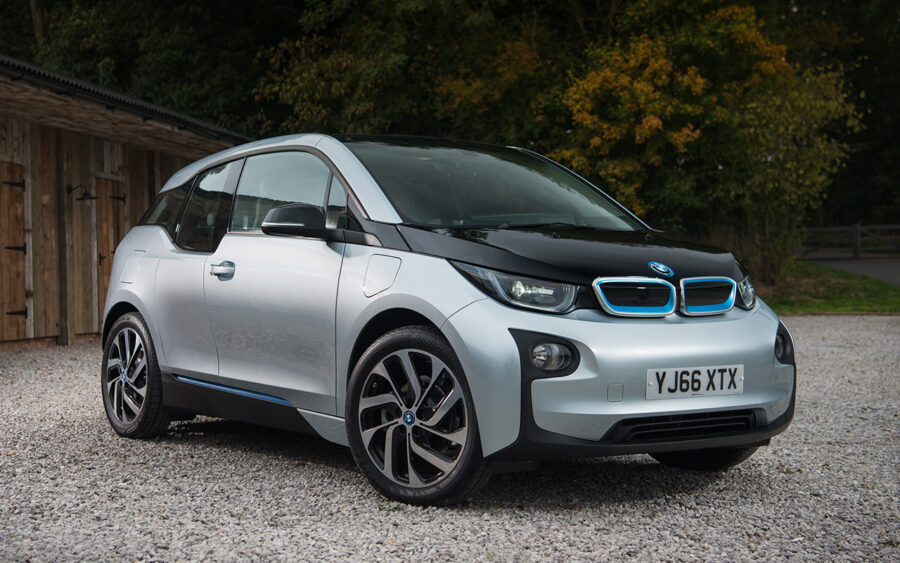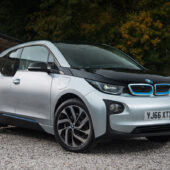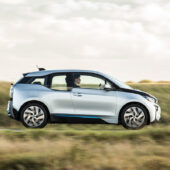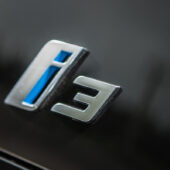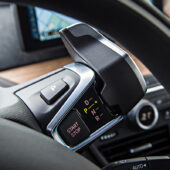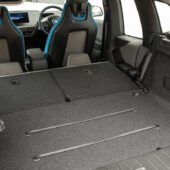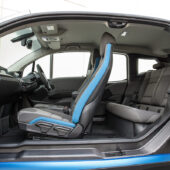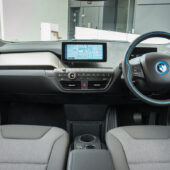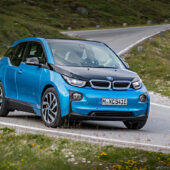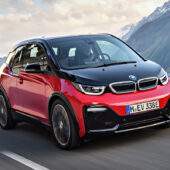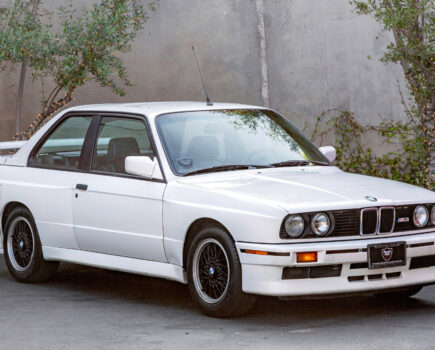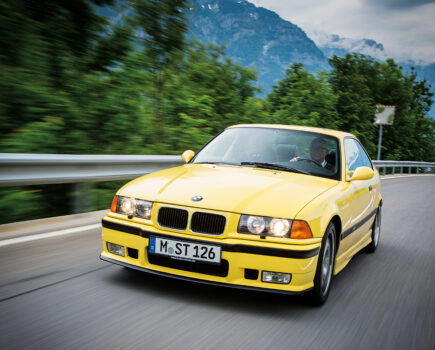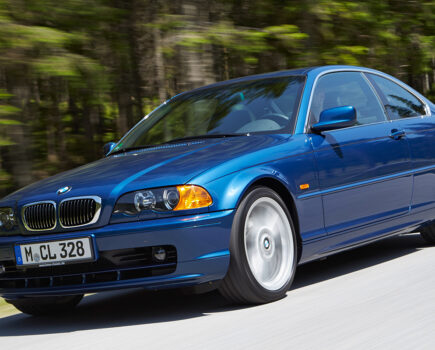Truly ahead of its time, the BMW i3 is a technical marvel set for modern classic status. Here’s how to buy one
Words: Ian Cushway Images: BMW
The distinctive i3 went on sale here in late 2013 and was BMW’s first mass-produced zero emissions vehicle. It sold quite well, with 220,000 units delivered worldwide by the time it was replaced by the iX range in 2021.
In true BMW tradition, drive was to the rear wheels. Power was delivered via an underfloor 60Ah/22.6kWh lithium-ion battery which gave BMW’s battery electric vehicle (or BEV) a range of between 80-100 miles. For many this wasn’t nearly enough, which explains why the majority of UK buyers opted for the £3150 dearer REx ‘range extender’ model instead which used a 647cc petrol engine (with a 9-litre fuel tank) from a BMW motorbike to top up charge, thus boosting range to a more convenient 160-186 miles.
Ever mindful of range anxiety, BMW beefed up the pure battery electric (BEV) model in 2016, its bigger 94Ah/33kWh capacity extending the range to 120 miles.
This was followed by a facelift in 2017 which added a few extra inches to its length and a wider range of colours. The sporty looking i3S with its wider track, subtly flared arches, 20in alloys and noticeably more brisk acceleration also joined the range at this time.
In late 2018 the REx was discontinued when the new, pure-electric i3 broke cover with a 120Ah/42.2kWh battery which lifted range to around 160 miles. As you can imagine, this revolutionised ownership, not least because there was no longer the need to worry about maintaining the combustion engine.
Today, the i3 exists as a bit of curiosity. It’s distinctive, still ticks the EV box and has all the refinement you’d expect from a BMW. Crucially, owners love them – and it’s not too dear, either.
Bodywork
The BMW i3 featured very advanced construction that’s still very up-to-date today, featuring extensive use of aluminium and carbon fibre. The result is a stiff and light construction that’s great for keeping weight down and maximising efficiency, but any repairs will be expensive when compared to a more traditionally constructed vehicle.
Similarly, the energy-efficient method BMW used to paint the i3’s body provides its own challenges, as repairs are likely to cost significantly more than you’d expect. Needless to say it pays to inspect the bodywork and paint of any prospective purchase carefully if you want to avoid a big repair bill.
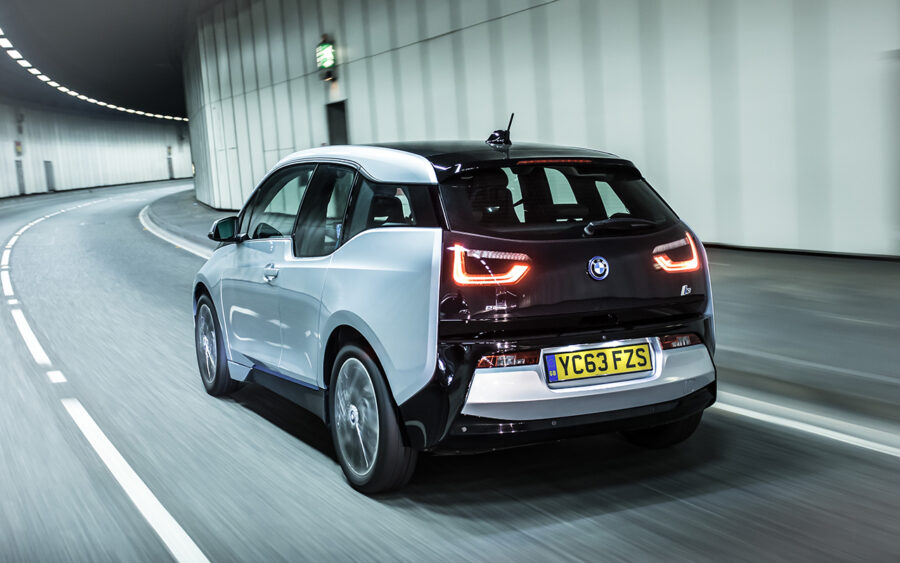
Powertrain
As we’ve said, early i3s couldn’t travel very far before the lights went out, literally. Indeed, cold conditions slashed the BEV’s 80 mile claimed range to just 50 in some instances.
There were also charging componentry (KLE) issues early on that dented dependability with main agent software upgrades to protect the KLE often resulting in longer charge times as well as problems disconnecting the charge connector at the end of the charging session.
The electric motor electronics (EME module) and drive motor itself also had a reputation for playing up. It’s reported that 160 i3s from early 2018 were recalled to correct EME circuit board problems which, if out of warranty, could have cost the owner a lot of money to fix.
Battery life, according to BMW, was the lifetime of the car which it estimated to be 15 years – a date which the very first ones are now rapidly approaching. That said, some batteries have already failed or lost their charging capacity, with the only remedy being to buy a replacement.
The engine in the REx is chain driven so relatively maintenance free, though there is an oil and filter service due annually. There have been reports of faulty injectors, lambda sensors, fuel pump relays and bearing failure, along with mount issues, so its reliability record isn’t that rosy.
German firm Lion Smart hit the press a few years ago when it announced a ‘wireless’ 100kWh battery pack for the i3, giving it a claimed range of 435 miles. Sadly for i3 owners keen on making the upgrade, as far as we can ascertain, it never became commercially available. That said, we understand that with a few mods, owners of the early 60Ah cars can fit a 94Ah battery if theirs needs replacing.
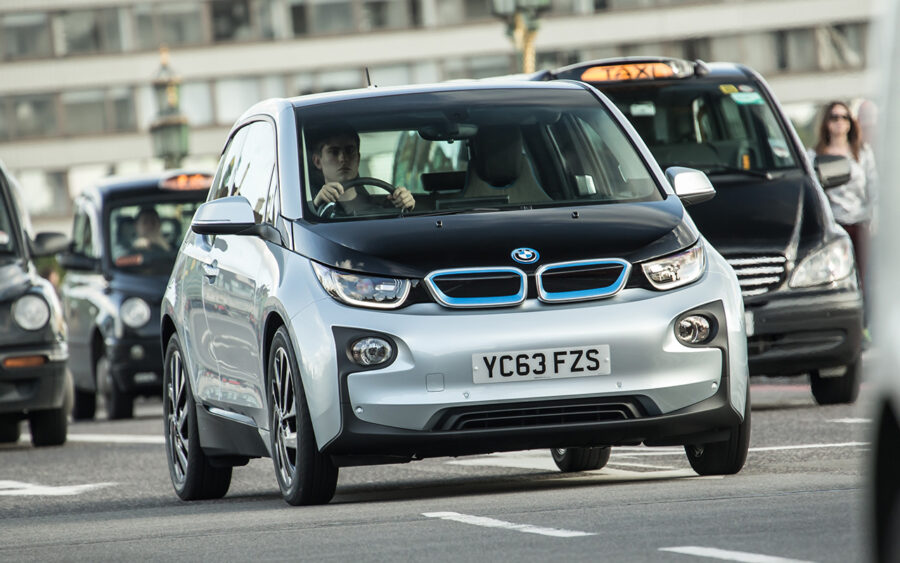
Suspension, steering and brakes
There’s MacPherson struts up front and a sophisticated multi-link arrangement at the rear. Despite its high stance, the i3 drives and handles better than you might have imagined thanks to its low centre of gravity.
That said, given its short wheelbase, some owners describe the ride as being a tad choppy and possibly a little jarring in the i3S with its 10mm lower suspension and 20in alloys on bumpy roads.
The only commonly reported issue is worn top strut mounts, so if there’s a knocking sound over lowered kerbs this could be why.
Because the electric motor does the majority of the work when it comes to wiping off speed, the brakes on the i3 don’t get called upon all that much. Potentially, this will reduce the need to replace components but watch for corrosion as the rear discs seem particularly prone.

Interior, trim and electrics
The sculptural and airy cabin is a real selling point for the i3. Issues to watch for include staining on lighter fabrics (found on Loft and Lodge interior packages) and whistles from perished door seals; otherwise, fit and finish is great and you shouldn’t encounter many issues.
There are only seatbelts for four and it’s a bit of a squeeze for adults in the rear. The windows in the back don’t go down, so some rear passengers might feel a little claustrophobic.
The 260-litre boot is about on par with other EVs and an extra 840-litres can be liberated for the weekly shop by folding the rear seats flat. A handy i3 feature is ‘preconditioning’ which allows you to cool or heat the interior to a pre-set temperature before starting your journey.
The infotainment system will feel a little dated compared to more modern choices but its still serviceable. You’ll need to focus your search on examples from 2018 onwards if you want smartphone integration via Apple CarPlay, although aftermarket solutions are available for older cars.
Door seals are also prone to perishing, while spurious warnings that the suicide doors aren’t properly shut can also irritate. Air conditioning can stop working, too, as can heated seats (the heater element is part of the padding).

BMW i3: our verdict
You’ll love or loathe the i3, it’s a Marmite car. Either way, it’s likely to prove a good used buy if you are doing lots of short, local trips. And it’s a real hoot to drive. It’s not without its foibles, though; it’s a little cramped in the back, the boot’s relatively small and opening those suicide rear doors can prove a bit of a bind once the novelty’s worn off.
Chances are those early charging niggles will have been ironed out by now, and if so it could prove an inexpensive car to run. New EVs are more efficient in every respect, but the BMW is much better value. Best of all, it’s quirky and that marks it out against all its more mundane rivals.
Given the REx was listed at £34,000 new, the fact you can now buy one for as little as £10,000 seems rather appealing. The post-2016 33kWh models will be about £1500 more while the 2018-on 120Ah cars generally begin at £15,000. The i3 S with its hot hatch looks is popular and prices for these begin at £16,000.

